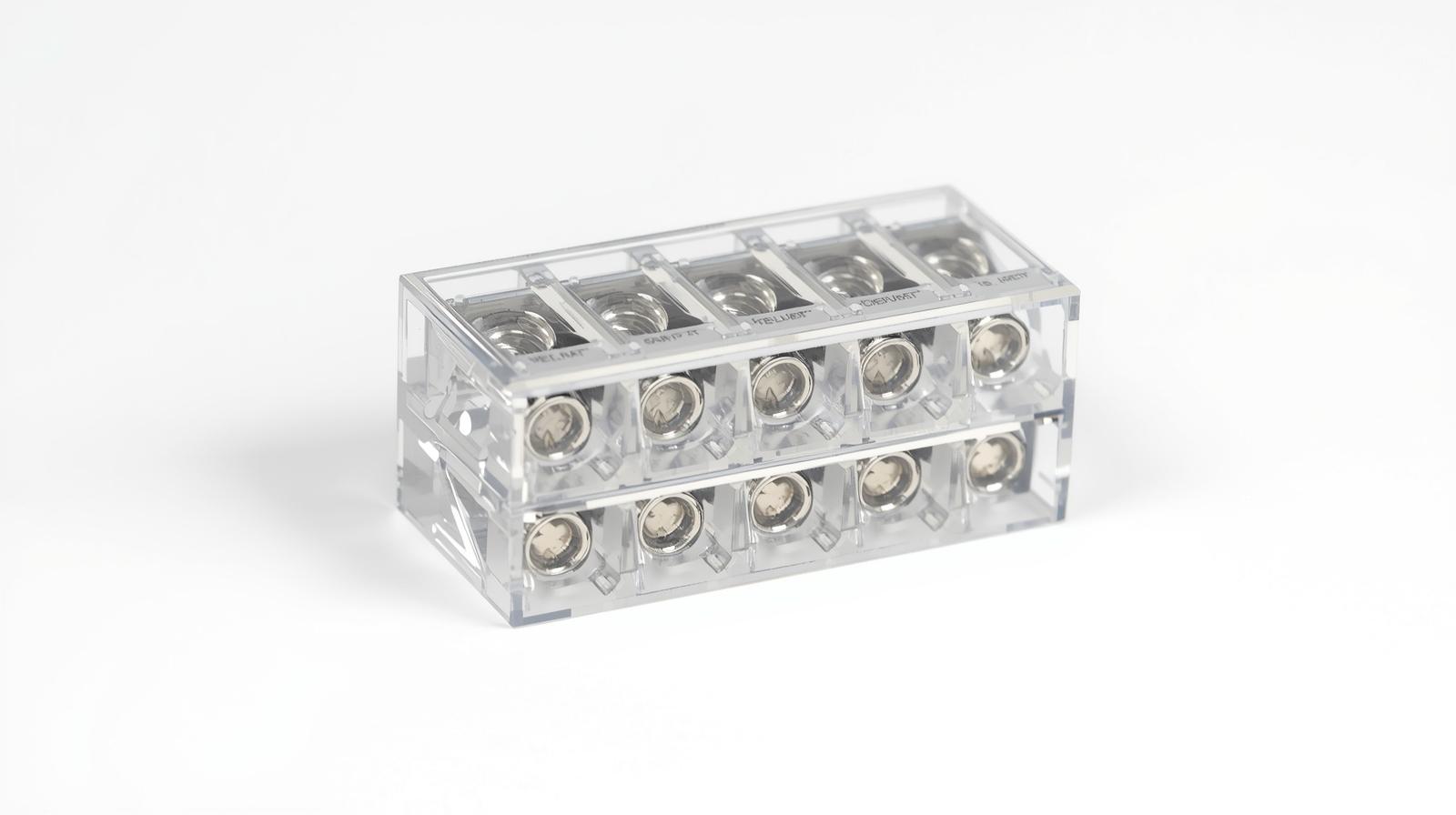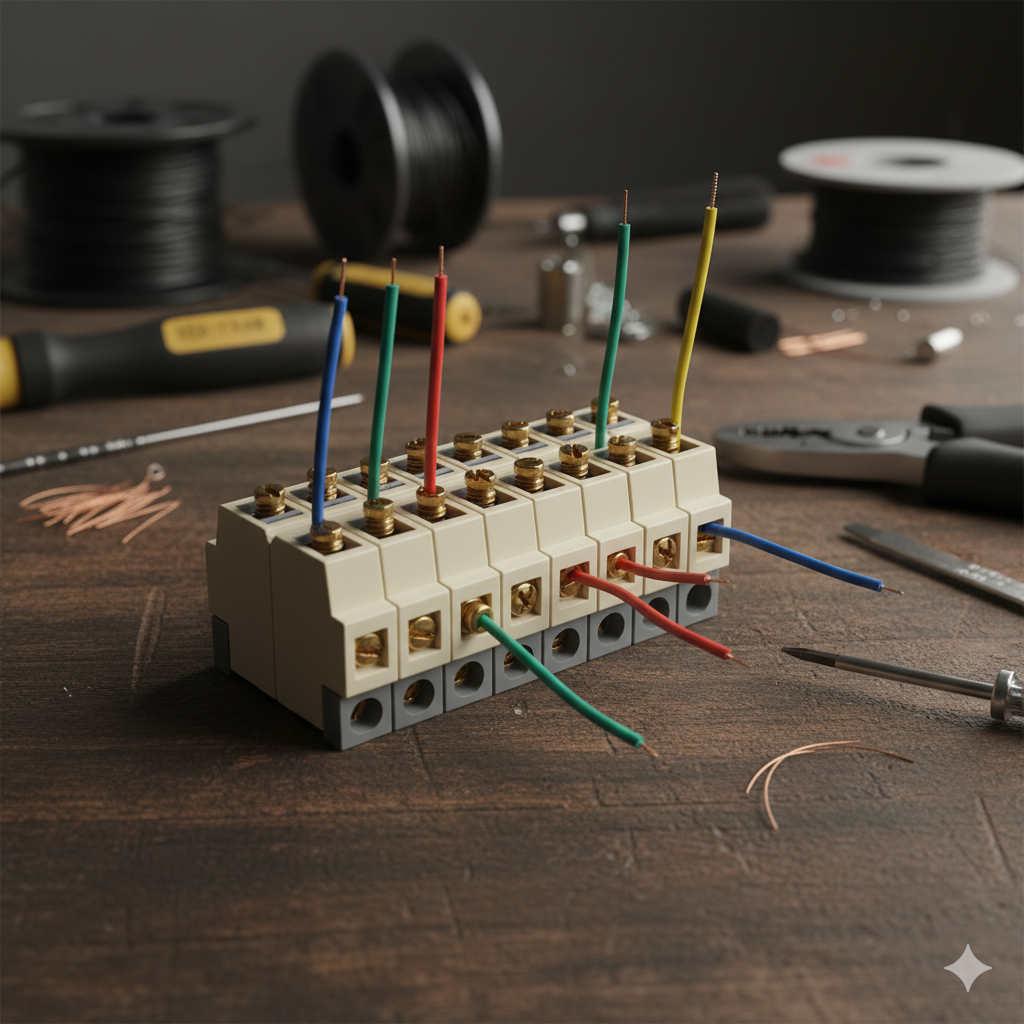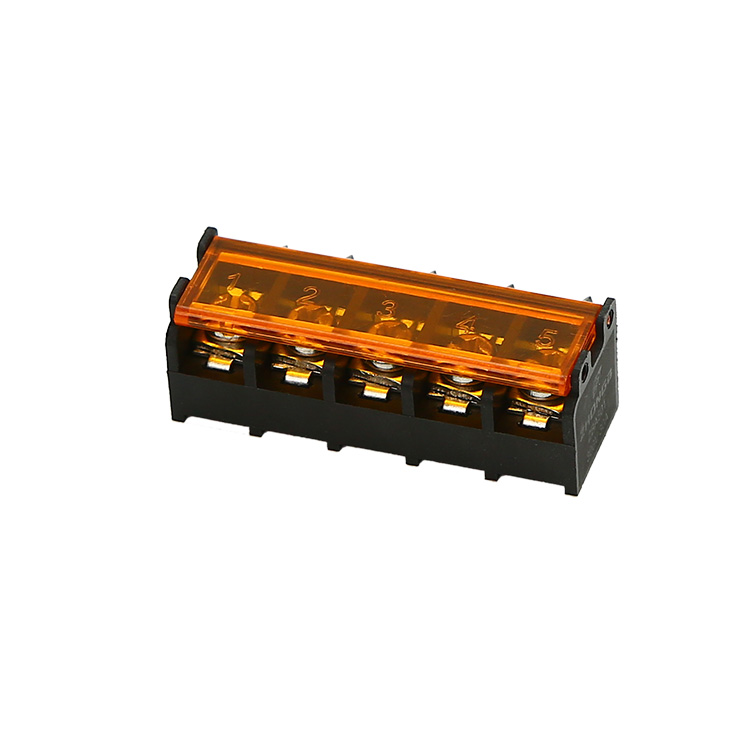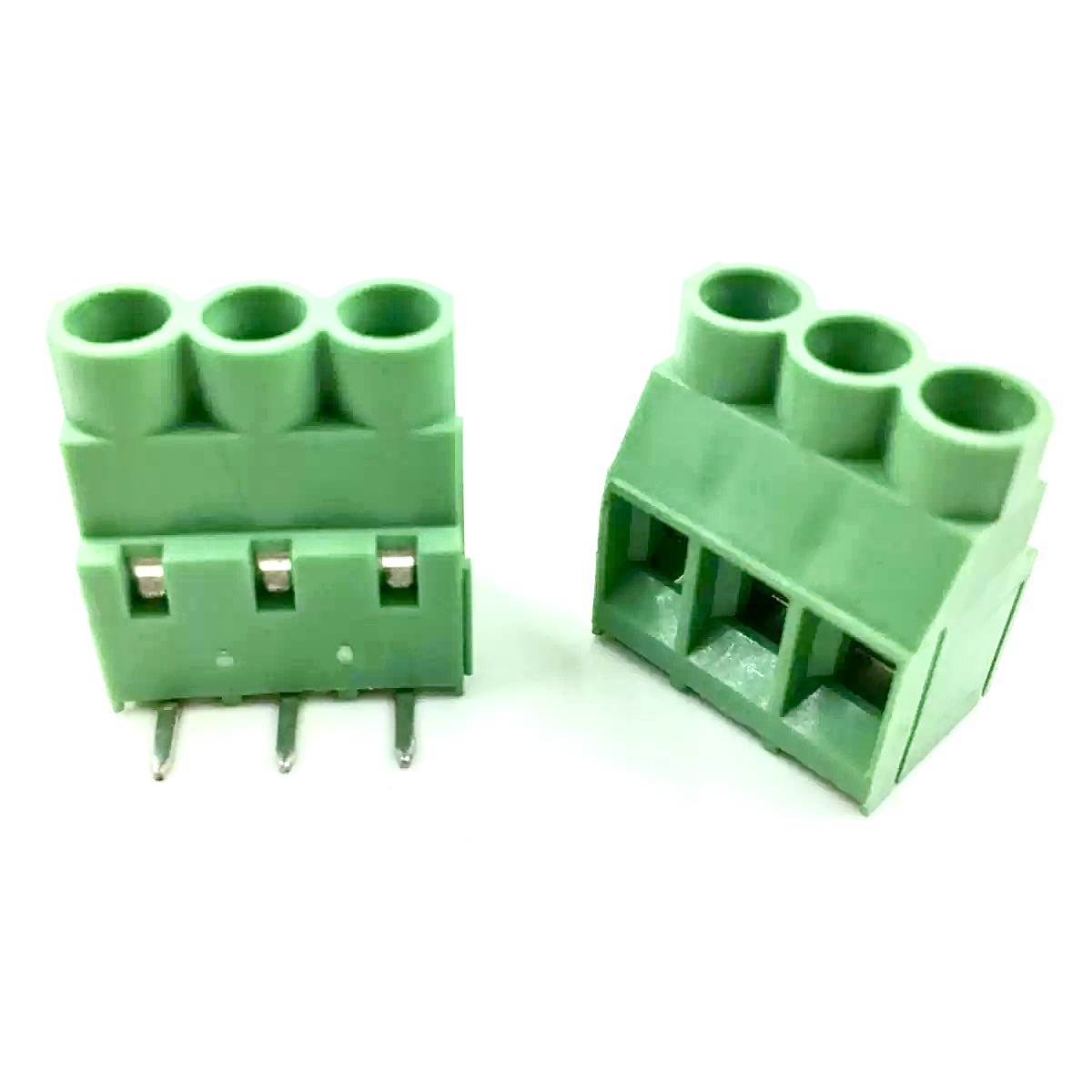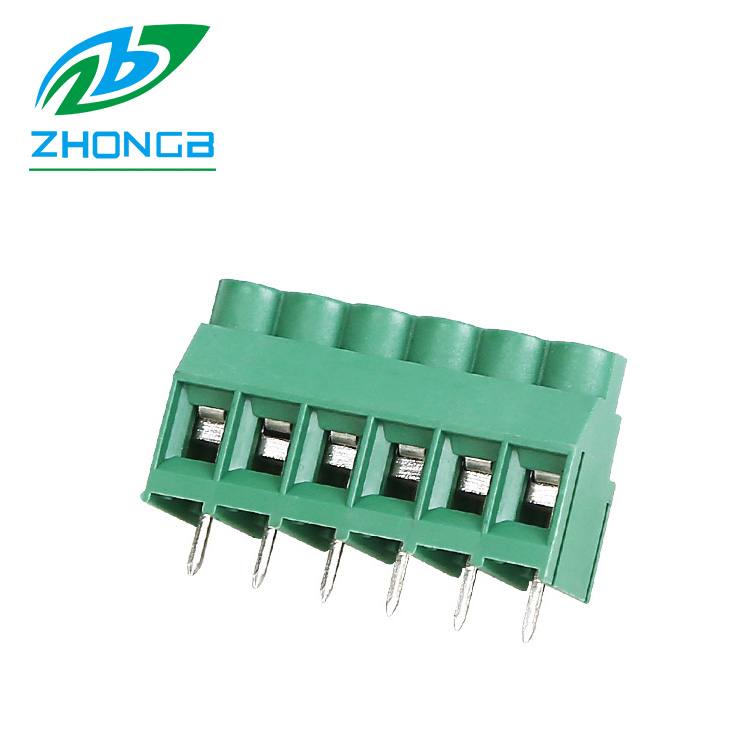
Building Competitive Advantage: Why the Best Price Terminal Blocks Come From Process Innovation
Price competition in the electrical component industry is fierce, but real competitiveness doesn’t come from cutting margins — it comes from engineering smarter processes.
For global manufacturers seeking the best price terminal blocks, the difference between a low-cost supplier and a high-value factory lies in one core capability: process innovation.
In a market shaped by tight deadlines, complex certifications, and automation demands, factories that invest in precision engineering and data-driven manufacturing can achieve both affordability and reliability — a combination that traditional low-cost models can’t sustain.
Why Cost Alone No Longer Defines “Best Price”
For years, the phrase best price terminal blocks was synonymous with cost reduction. Importers sought the lowest quotes; factories competed on labor costs.
But the industry has changed.
As control panels, solar systems, and industrial networks become more integrated, component failure costs have multiplied — every weak connector can halt a production line or trigger a recall.
Today’s buyers look for total cost efficiency, not just purchase savings. That includes:
-
Lower rejection rates and longer field lifespan;
-
Certification consistency (UL, CE, RoHS) for cross-border compliance;
-
Reduced downtime and assembly errors through dimensional stability;
-
Predictable lead times supported by intelligent production scheduling.
In short, best price means optimized process economics, not cheap manufacturing.
How Process Innovation Reshapes Manufacturing Economics
Process innovation is the invisible force behind competitive pricing.
Instead of reducing materials or inspection steps, advanced factories rethink how terminal blocks are made — improving efficiency without sacrificing integrity.
Key Innovations Include:
-
High-precision injection molding — multi-cavity molds reduce cycle time while maintaining dimensional tolerance within ±0.05 mm.
-
Automated conductor stamping and cutting — ensures torque uniformity across thousands of units.
-
In-line quality monitoring systems — sensors detect insulation flaws in real time, preventing waste and rework.
-
Centralized data collection (MES systems) — tracks batch performance, optimizing material use and predictive maintenance.
-
Tooling modularization — interchangeable mold inserts allow multiple product series with one base mold, reducing setup cost by up to 30%.
Each improvement compounds into stable quality + lower per-unit cost, creating structural efficiency instead of temporary discounts.
Comparing Traditional vs. Innovative Manufacturing Models
| Manufacturing Approach | Traditional Factory | Process-Innovative Factory |
|---|---|---|
| Labor Dependency | Manual assembly | Robotic-assisted production |
| Material Waste | Up to 8% in scrap rate | <2% through closed-loop recycling |
| Testing | Random sampling | 100% automated inspection |
| Certifications | Limited regional approval | UL / CE / RoHS multi-standard |
| Cost Control | Reactive price negotiation | Predictive cost modeling |
| Delivery | Variable | MES-based scheduling & port-linked logistics |
This shift from “cheap labor” to “smart production” is what enables some Chinese factories — especially around Ningbo, Wenzhou, and Suzhou — to supply large OEM clients globally while maintaining both low cost and world-class reliability.
Engineering Impact: How Process Innovation Improves Product Value
The benefits of process innovation go beyond cost reduction. They redefine how terminal blocks perform in demanding environments:
-
Enhanced torque retention — automated assembly ensures consistent clamping force, preventing wire slippage.
-
Thermal stability — precision molding avoids microvoids that cause heat buildup at contact points.
-
Better fit and interchangeability — tolerance consistency allows universal replacement across series.
-
Environmental durability — controlled humidity and temperature during molding improve PA66 performance lifespan.
-
Batch-level traceability — QR-coded production lots simplify warranty tracking and supplier accountability.
These engineering refinements create terminal blocks that cost less over their lifetime, even if unit prices are only moderately lower.
Practical Applications: Cost Efficiency Meets Industrial Scale
Process-innovative factories supply to industries that require both bulk consistency and regulatory precision:
-
Automation and robotics — spring clamp and pluggable series with exact insertion force.
-
Renewable energy — 1000 V DC-rated terminal blocks with dual-insulation design.
-
HVAC and building control — modular barrier types that reduce wiring time by 25%.
-
Transportation and power distribution — vibration-resistant terminals for continuous heavy current.
When these components are mass-produced under intelligent process control, buyers achieve a true “best price” advantage — predictable performance at scale.
Strategic Recommendations for Buyers
To benefit from process innovation, global importers and OEMs should:
-
Audit the manufacturing process, not just pricing sheets.
A five-minute factory walk tells more than five quotation emails. -
Request process data and inspection metrics.
Look for torque, dielectric, and temperature-rise reports per batch. -
Prioritize factories with modular tooling capability.
It ensures faster delivery and cost consistency across models. -
Evaluate logistics integration.
Port-proximate plants (e.g., near Ningbo Port) lower inland transport and lead-time variability. -
Seek partners, not vendors.
Process-innovative suppliers evolve with your product roadmap, supporting redesigns and certifications.
Frequently Asked Questions
Q1: Does process innovation really lower cost in small-volume orders?
A: Yes. Even low-volume production benefits from automated inspection and modular tooling, which minimize setup and waste.
Q2: How can I verify whether a supplier truly uses automated processes?
A: Ask for production videos or MES screenshots — credible factories document every process digitally.
Q3: Are process-innovative factories more expensive initially?
A: Their tooling investment is higher, but per-unit cost drops rapidly with volume. Long-term, it’s more economical.
Q4: What certifications should a process-innovative terminal block have?
A: UL1059, IEC60947-7-1, and RoHS compliance are global minimums for industrial applications.
Turning Process Innovation into Sustainable Advantage
The best price terminal blocks aren’t the result of cost cutting — they’re engineered through continuous innovation.
Factories that invest in smarter processes build resilience, scalability, and global trust — turning manufacturing excellence into true competitive advantage.
Zhongbo, based near Ningbo Port, exemplifies this model with certified production systems, modular tooling, and automation-driven consistency that supports global OEM clients seeking both quality and affordability.
To explore customized sourcing solutions or bulk orders, visit our homepage or contact us.

